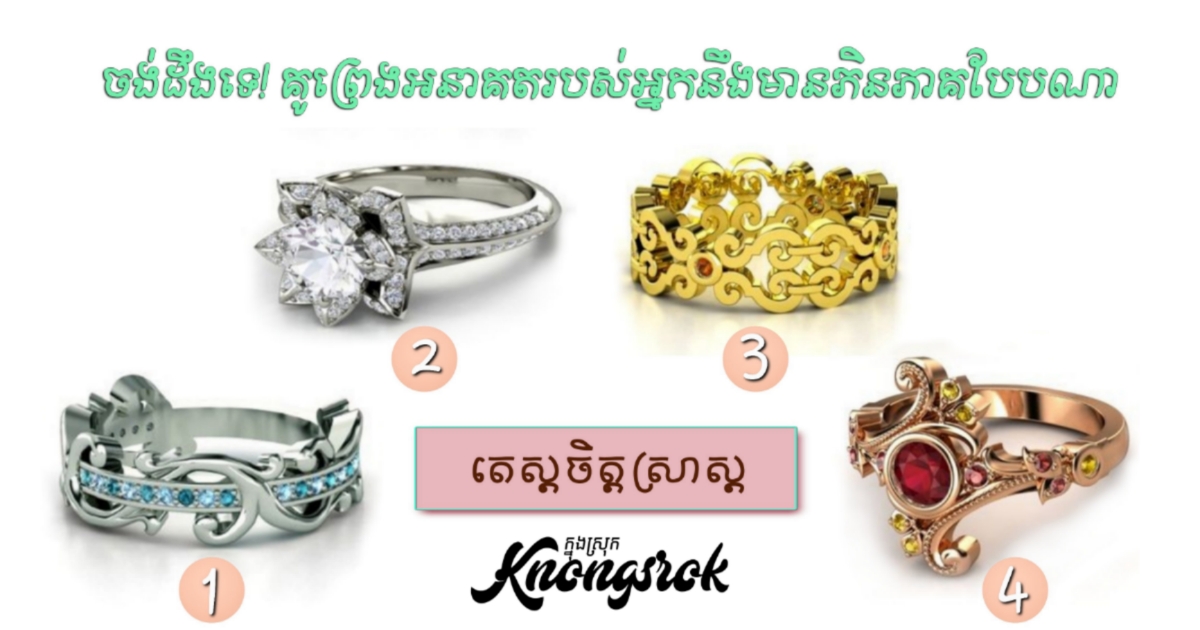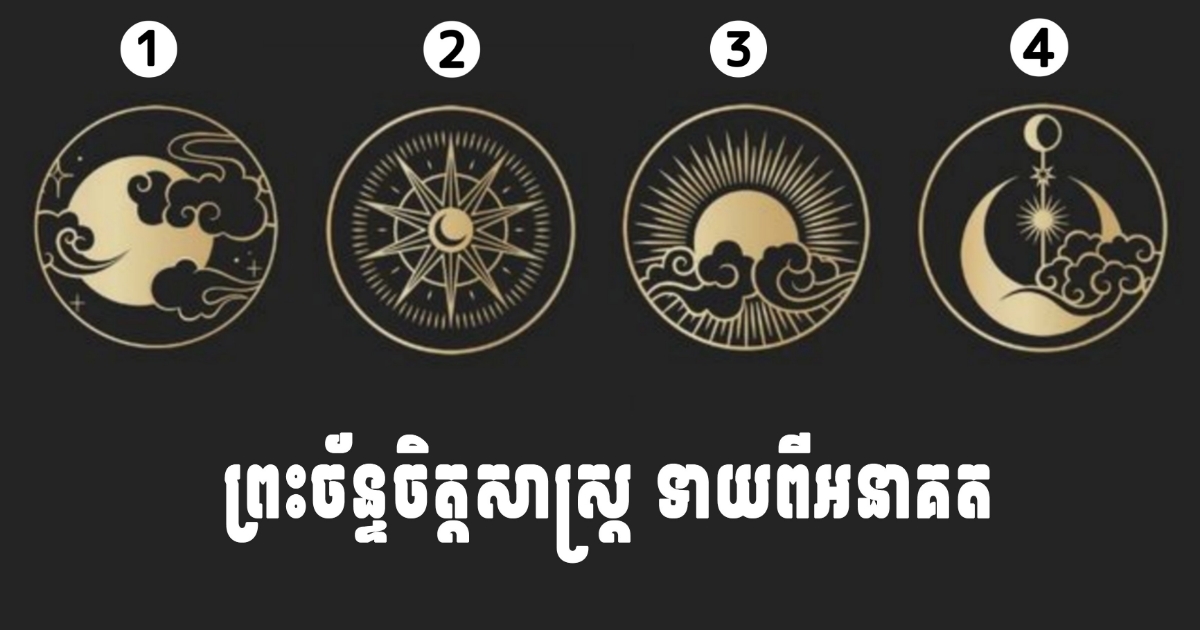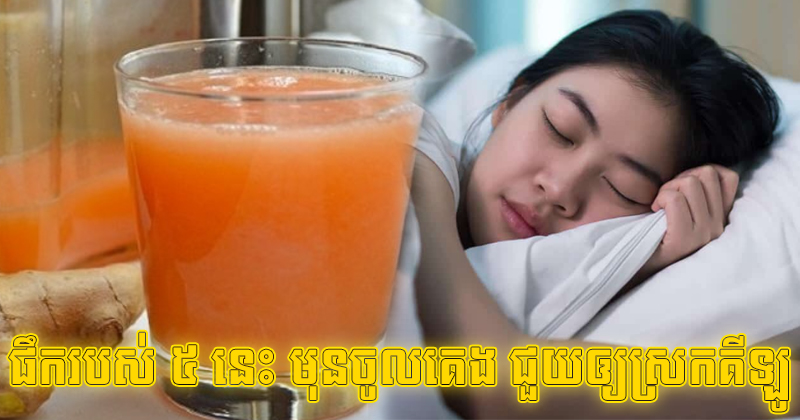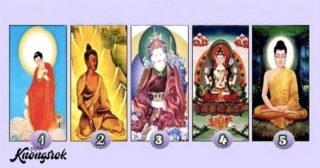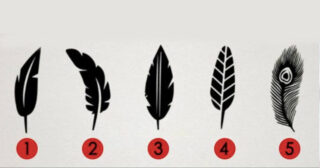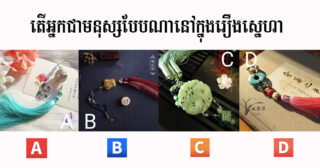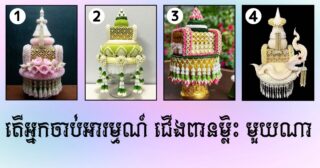រុក្ខជាតិ ៧ ប្រភេទដែលនឹងការពារសត្វល្អិតមិនអោយចូលសួនច្បារ របស់អ្នកនិងរុក្ខជាតិ ៧ យ៉ាងដែលនឹងទាក់ទាញសត្វក្រេបលំអងផ្កា
និទាឃរដូវគឺជាពេលវេលាដើម្បីដាំរុក្ខជាតិ និងគ្រាប់ពូជ។ ប្រសិនបើអ្នកជាធម្មតាជ្រើសរើសយករុក្ខជាតិ និងផ្កាសម្រាប់ដាំក្នុងសួនច្បាររបស់អ្នកដោយអារម្មណ៍ ឬដោយពណ៌ រូបរាង និងទំហំប្រហែលជានៅឆ្នាំនេះអ្នកអាចព្យាយាមផ្លាស់ប្តូរវិធីសាស្រ្តរបស់អ្នកបន្តិច។ លើកនេះសូមជ្រើសរើសយករុក្ខជាតិរបស់អ្នកដោយផ្អែកលើថា ចំនុចថាតើវាអាចកំចាត់សត្វល្អិតចង្រៃ ឬទាក់ទាញសត្វដែលមកក្រេបលំអងផ្កាដែលជួយអោយរុក្ខជាតិយើងល្អ។ វិធីថែសួននេះនឹងជួយអ្នកដោះស្រាយបញ្ហាចំនួន ២ ក្នុងពេលតែមួយដោយបណ្តេញសត្វល្អិតមិនល្អចេញពីសួនច្បាររបស់អ្នក និងជួយអ្នកប្រមូលផលបានច្រើនដោយសារសត្វក្របលម្អងជួយអោយរុក្ខជាតិដុះល្អ។
យើងបានធ្វើការណែនាំខ្លីៗអំពីប្រភេទរុក្ខជាតិដែលកំចាត់សត្វល្អិតនិងប្រភេទដែលទាក់ទាញសត្វល្អិត និងបក្សីល្អ ៗ មកសួនរបស់អ្នក។
រុក្ខជាតិដែលកម្ចាត់សត្វលិ្អតចង្រៃ
1. ជីអង្កាម

Mint prefers well-drained but moist ground, tolerates shade, and needs minimal care. Mint is the plant that we love thanks to its strong fragrance. But some animals and bugs just can’t stand the smell of mint, and we can use this feature to our advantage.
It can repel ants, mosquitoes, slugs, snails, and mice.
2. ផ្កា Petunia (ផឹតធូនៀ)

Petunias can grow in partial shade and need to be protected from the wind. Make sure these plants have a 1-foot distance between each other. Petunias are among the most popular garden flowers — they’re beautiful and bright, and also have a nice bonus feature: they can repel nasty bugs.
ផ្កា Petunia (ផឹតធូនៀ) អាចដុះលូតលាស់នៅក្នុងម្លប់បន្តិច តែមិនម្លប់ខ្លាំងនោះទេ ហើយវាត្រូវការការពារពីខ្យល់។ ចូរប្រាកដក្នុងពេលដាំថារុក្ខជាតិទាំងនេះមានចម្ងាយពីគ្នា 1 ហ្វីត ឬ 30 សង់ទីម៉ែត្រ។ Petunias គឺស្ថិតនៅក្នុងចំណោមផ្កាដាំលម្អរសួនច្បារដែលមានប្រជាប្រិយបំផុត - វាស្រស់ស្អាត និងភ្លឺហើយមានលក្ខណៈពិសេសពីធម្មជាតិផងដែរ។ ផ្កាប្រភេទនេះអាចកម្ចាត់សត្វល្អិតច្រើនប្រភេទ។
It can repel leafhoppers, aphids, tomato hornworms, and asparagus beetles.
3. Chrysanthemum

When planning your flower bed, remember that chrysanthemums need space: they mostly grow to a height and width of 1 foot to 3 feet. These flowers love to be in the sun, well-drained and in evenly moist soil.
It can repel ants, ticks, lice, spider mites, and silverfish.
4. Lavender

Lavender is another big plant that needs space, so make sure you plant seeds 2 feet to 3 feet apart. Lavender doesn’t like wet, poorly drained soil, but it can grow in bad soil. There’s a great number of ways to use lavender at home, and it also can repel some pests.
It can repel house flies, moths, and fleas.
5. Calendula

Calendulas will surely add some brightness and cheerfulness to your garden. They love sunshine and nourishing, well-drained soil. Apart from repelling some pests, calendulas attract “good” insects like hoverflies that help to control the population of aphids.
It can repel asparagus beetles and tomato hornworm.
6. Basil

Basil is one of the most popular plants in the kitchen and it adds a lot of fragrance and taste to our favorite dishes. You can grow basil in vegetable beds or plant it in pots or containers and place them in your garden. Choose a place with mist and well-drained soil.
It can repel mosquitoes, mosquito eggs, and houseflies.
7. Geranium

These flowers are known as garden classics. Plant geraniums in pots with drain holes. Use well-drained potting soil mixture and put their pots where they’ll get 4-6 hours of sunlight.
It can repel Japanese beetles, mosquitoes, leafhoppers, and corn earworms.
Plants that attract pollinators
1. Rocky Mountain Bee Plant

These beautiful pink flowers love dry, well-drained, sandy soil and full sun. They are quite easy to grow and don’t need much care. The best thing about these flowers, apart from their incredible fragrance, is the fact that they can attract many pollinators to your garden.
It can attract bees, wasps, butterflies, and hummingbirds.
2. Honeysuckle

Honeysuckle flowers have a variety of colors from yellow to red, and their sweet smell can turn your garden into a real paradise. They prefer full sun and well-drained soil and grow best with some support like a trellis or fence.
It can attract hummingbirds and hawk moths.
3. Lavender

We’ve included lavender into our article twice because in addition to repelling pests, it can also attract “good” insects to your garden.
It can attract honey bees and butterflies.
4. Yarrow

If you want to have many beautiful flowers around your yarrow, plant it in a place that gets full sun in well-drained soil. Choose average or poor soil in order to prevent the plants from growing too tall.
It can attract butterflies and bees.
5. Sunflower

Plant sunflowers in a place where they can get 6-8 hours of direct sunlight per day. These plants prefer loose and well-drained soil and are mostly drought-tolerant.
It can attract bees and birds.
6. Gaillardia

These gorgeous, often 2-toned flowers prefer dry and sunny places and don’t like heavy, wet soil. Gaillardias, or blanket flowers, can bloom till the end of the season, which is why they’re worth including in your flower beds.
It can attract butterflies, bees, and moths.
7. Lupine

Lupines like well-drained soil and sunny sites. They can tolerate some shade, but in this case, it will give you fewer flowers. With time, lupines can raise the fertility of soil.
It can attract butterflies.
Do you have a garden? Would you like to plant any of the flowers and plants from our list? Share the pictures of your flower beds in bloom in the comments!
Preview photo credit Shutterstock, Shutterstock, Shutterstock, Shutterstock, Shutterstock

